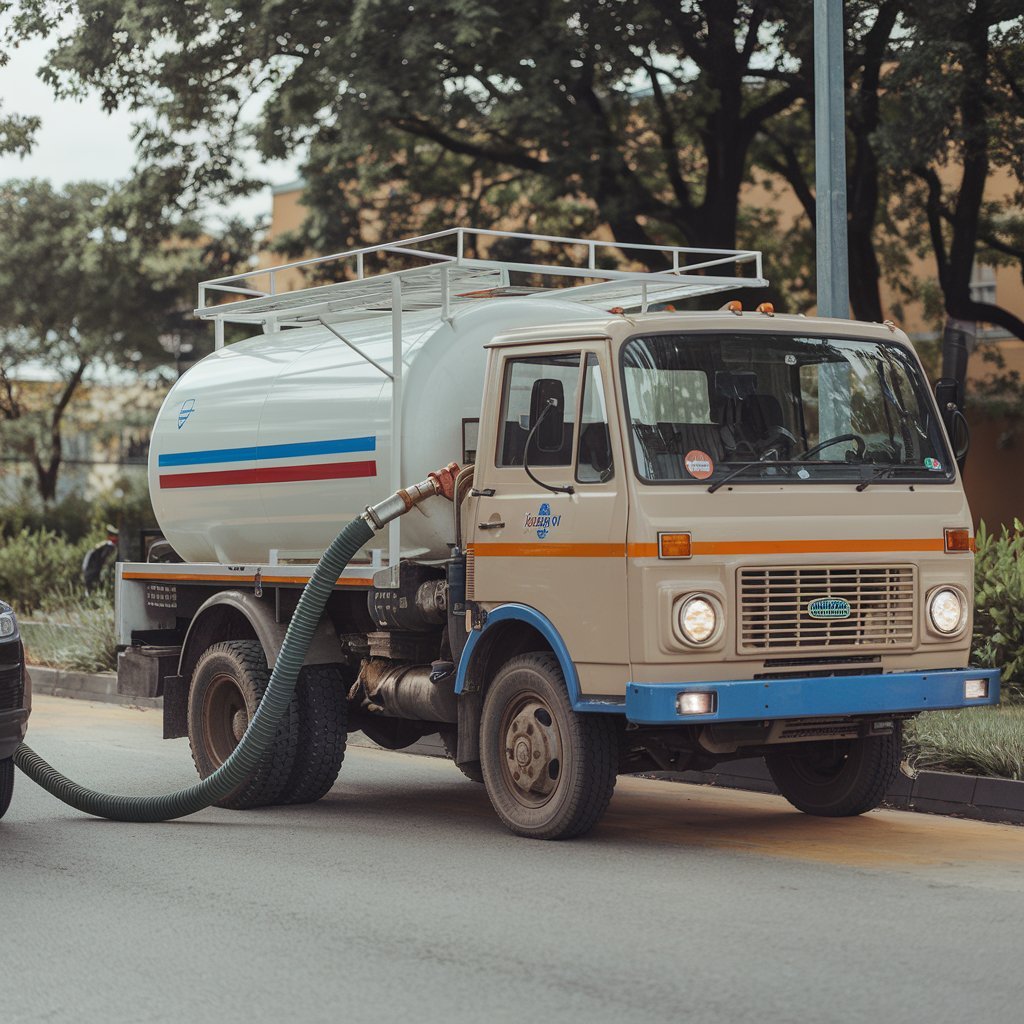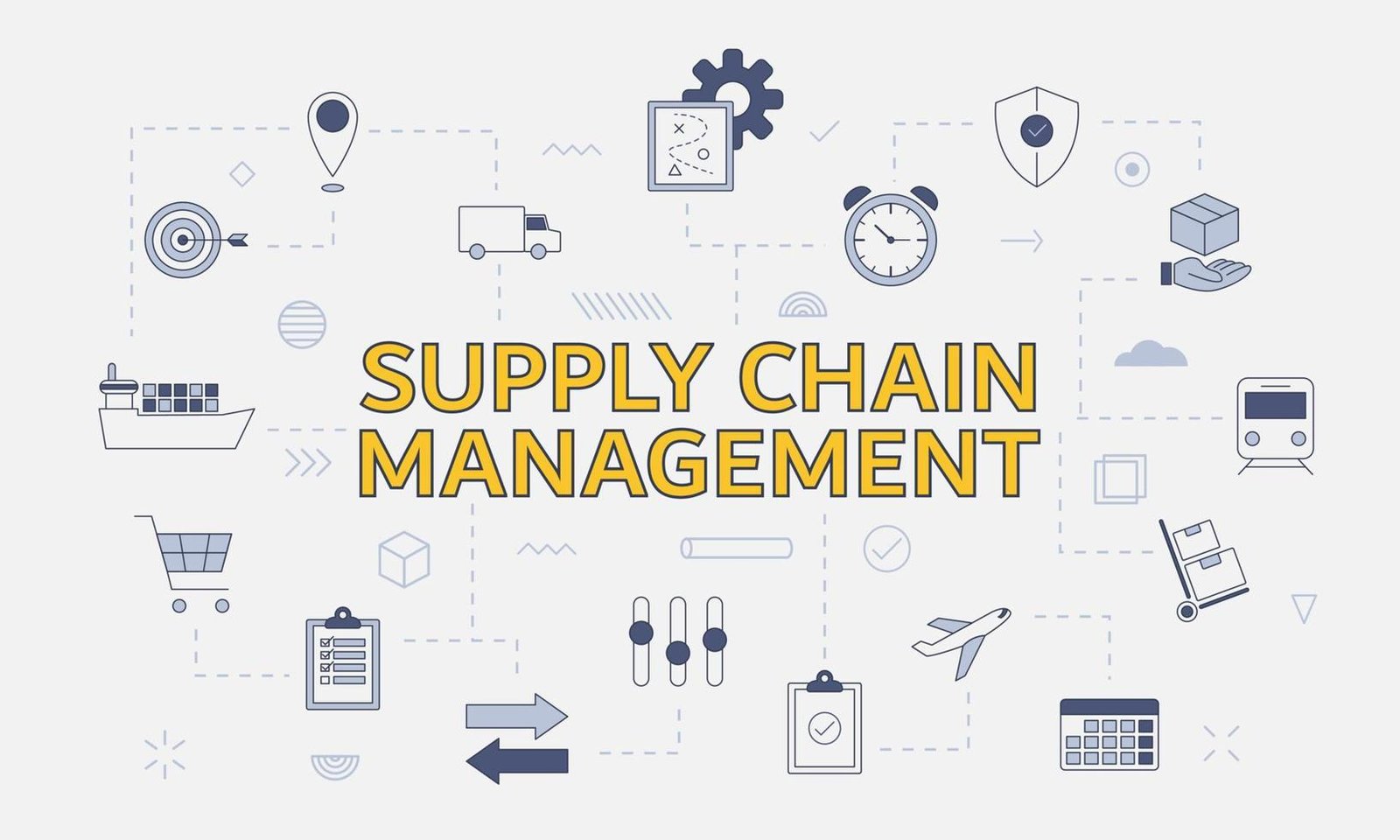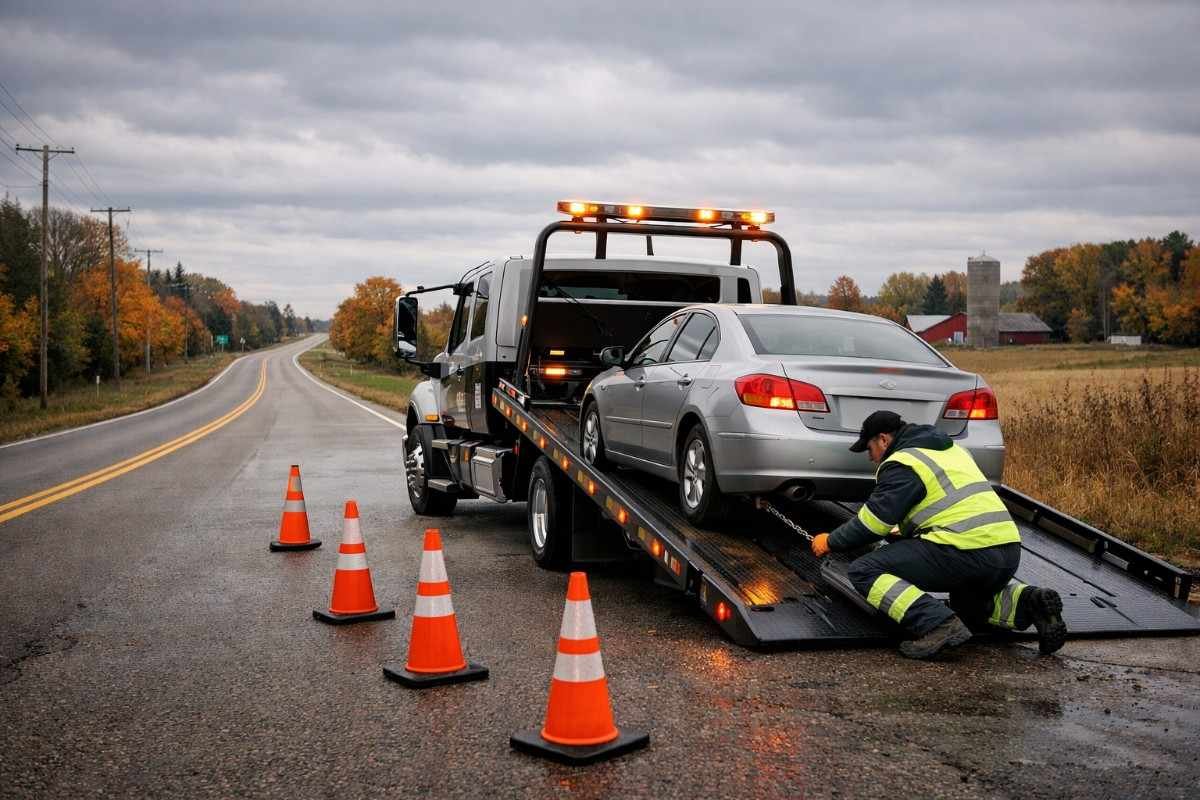The convenience of mobile services has revolutionized many industries, and fuel delivery is no exception. A fuel delivery truck is an essential solution for industries and individuals who need fuel delivered directly to their location. This method of fuel delivery has become increasingly popular due to its convenience, time-saving benefits, and ability to provide fuel in areas where traditional fueling stations may not be accessible. But how exactly does a mobile fuel delivery truck work? Let’s find out.
Basics of Mobile Fuel Delivery
A mobile fuel truck is a specially designed vehicle equipped to transport and deliver fuel to a variety of locations. These trucks typically serve businesses, construction sites, agricultural operations, and even personal clients who need fuel for generators, machinery, or other equipment. Some common uses include:
- Fueling construction equipment on remote job sites
- Supplying fuel to generators for businesses or events
- Refueling vehicles in areas with limited access to gas stations
- Providing emergency fuel deliveries in case of natural disasters or power outages
Key Components of a Mobile Fuel Delivery Truck
A mobile fuel delivery truck is a complex piece of machinery that includes several essential components. These components work together to ensure that fuel is safely transported and efficiently delivered to the customer.
- Fuel Tank
At the heart of any fuel delivery truck is its fuel tank. These tanks are specially designed to store and transport large quantities of fuel safely. The tank is typically made of high-strength steel or other durable materials to prevent:
- Leaks
- Spills
- Contamination
The tank is also often equipped with internal baffles to reduce fuel sloshing during transit, which helps maintain vehicle stability. The size of the fuel tank can vary depending on the specific needs of the delivery service. Common sizes range from a few hundred gallons to several thousand gallons of fuel. This capacity allows a truck to deliver fuel to multiple locations in a single trip.
- Fuel Pump and Hose System
One of the most important components is the fuel pump system, which is responsible for transferring the fuel from the tank to the customer’s equipment, vehicle, or storage container. This pump system is typically:
- Powered by the truck’s engine
- Designed to handle large volumes of fuel efficiently
The pump is connected to a hose system, which is used to transfer the fuel to the delivery point. The hose is often long enough to allow the delivery truck to remain in one location while fueling multiple pieces of equipment or vehicles. The hose and nozzle are designed to ensure precise fuel dispensing, preventing spills and overflows.
- Metering System
To ensure accurate fuel delivery, these trucks are equipped with metering systems that measure the amount of fuel dispensed during each delivery. This system tracks the fuel delivery volume and provides a readout, ensuring that customers receive the correct amount of fuel as ordered. This is especially important for businesses or industries that rely on accurate fuel measurements for their operations.
These meters are calibrated and maintained regularly to prevent measurement errors and to ensure that customers are charged accurately for the fuel they receive.
- Safety Features
Given the inherent risks involved in transporting and delivering fuel, fuel delivery trucks are equipped with various safety features to minimize accidents and protect both the truck driver and the environment. These include:
- Emergency Shut-Off Valves: In case of a malfunction or emergency, these valves can stop the flow of fuel, preventing spills or leaks.
- Anti-Spill Technology: Many fuel trucks are designed with spill-containment systems to prevent fuel from spilling out during delivery. This includes features such as drip trays and spill containment mats.
- Fire Extinguishers: They are equipped with fire extinguishers to help prevent or extinguish fires in case of an emergency.
- Fuel Tank Venting: Proper venting systems are necessary to allow air to escape as fuel is dispensed, preventing pressure buildup that could lead to spills or leaks.
- Grounding Systems: Mobile fuel delivery trucks are grounded to prevent static electricity buildup, which can be a serious fire hazard when handling flammable liquids.
These safety measures are vital to ensure that the delivery truck operates securely and complies with government regulations and environmental standards.
- Tracking and Communication Systems
Most modern trucks are equipped with GPS and communication systems that allow fleet managers to track their deliveries in real-time. These systems ensure that the delivery route is efficient and that any delays or issues can be addressed immediately.
For customers, it provides the added benefit of knowing when their fuel delivery is on the way and its estimated arrival time. Additionally, communication systems are used to maintain contact between the truck driver and the dispatch team. This is essential for:
- Coordinating deliveries
- Managing schedules
- Responding to emergencies or unexpected changes
How Does Fuel Delivery Work in Practice?
The operation of a mobile fuel delivery truck can be broken down into several key stages, from initial scheduling to delivery and payment.
- Scheduling the Delivery
Customers typically schedule fuel deliveries in advance. Depending on the service, customers may order fuel on-demand or set up a recurring delivery. Some fuel delivery services also offer emergency deliveries, which can be arranged with a shorter lead time in the case of unexpected fuel shortages.
- Preparation for Delivery
Before departing for the delivery, the truck driver will ensure that the fuel tank is full and that the delivery route is planned. The driver will also check the truck’s equipment, including the pump, hoses, and safety systems, to ensure everything is in good working order.
- Arriving at the Delivery Site
Upon arriving at the delivery location, the driver will park the truck in a safe and accessible spot, allowing for efficient fueling without causing a hazard. The driver will then connect the hose to the appropriate fueling point, such as a vehicle or generator, and begin the fueling process.
The meter will track the amount of fuel being dispensed, and the driver will monitor the process to ensure that the correct amount of fuel is delivered and that no issues arise. Once the fueling is complete, the driver will disconnect the hoses, ensure that all safety measures are in place, and prepare for the next delivery.
- Payment and Invoicing
Payment for the fuel is usually processed after the delivery is complete. Many mobile fuel delivery services accept credit cards, direct transfers, or invoicing. The customer is charged based on the amount of fuel delivered, as measured by the metering system.
Benefits of Mobile Fuel Delivery
The advantages of using a mobile fuel delivery truck are clear:
- Convenience: Fuel is delivered directly to the customer’s location, eliminating the need to travel to a gas station.
- Time-Saving: For businesses and construction sites, it can save valuable time by refueling equipment on-site, allowing operations to continue without interruption.
- Customizable Services: Mobile fuel delivery services can cater to specific needs, offering a range of fuel types, delivery schedules, and quantities to meet the demands of customers.
- Safety: The presence of professional drivers and safety measures ensures that fuel is delivered safely and efficiently.
Bottom Line
Need a fast, reliable, and convenient way to fuel your equipment, vehicles, or business? With Refined Fuel Trucks, you get the best in mobile fuel delivery services. Our fuel delivery trucks are equipped with state-of-the-art safety features, accurate metering systems, and efficient GPS tracking to ensure you get the fuel when you need it.
If it’s for your business, farm, or emergency backup, Refined Fuel Trucks has you covered. Contact us today to schedule your delivery and experience the convenience of professional mobile fuel delivery!












Leave a Reply